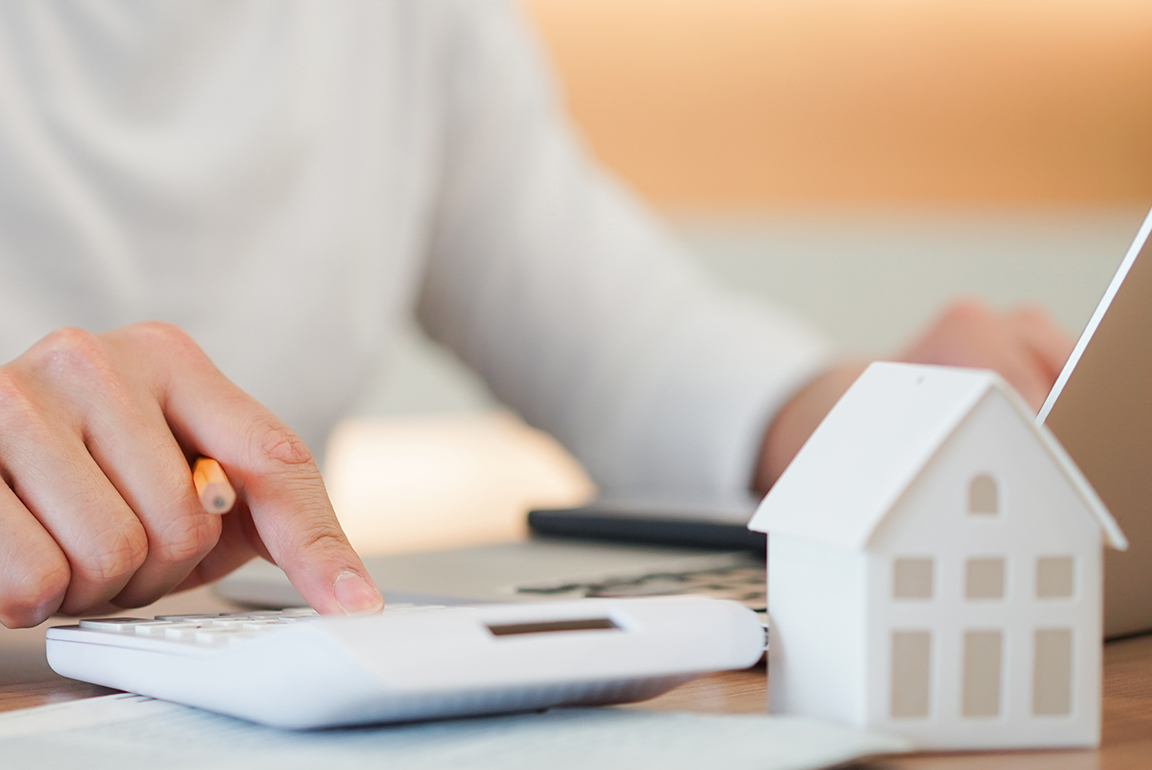10 steps to buying your first home
Buying a new home in Winnipeg can be an exciting time. After all, you can finally move into a place to call your own—whether you’re leaving that long-term rental property, an apartment or your family’s home.

Although there are plenty of potential pitfalls for first-time homebuyers, you can avoid many of them with a little planning and practical guidance. This step-by-step guide on how to buy your first home in Winnipeg will put you on the right path.
Step 1: Set a budget
Knowing how much you can afford is essential before you even start looking at homes. Start by doing some research on your own and try online mortgage calculators (most financial institutions have one available on their public websites) to get a sense of monthly, bi-weekly or weekly mortgage amounts that would fit within your budget—and that you’d be comfortable with.

Connect with your financial advisor, who can help you further define the right budget. Next, decide which savings accounts can help you save for a down payment. A TFSA is a popular option, but have you heard of the tax-advantaged account that is specifically designed for saving for a home? A First Home Savings account (FHSA) allows Canadians to grow money for a down payment, with tax-deductible contributions— and compound interest and withdrawals both being tax-free.
Step 2: Get your pre-approved financials in order
The next step in buying a house is getting a mortgage pre-approval with your financial advisor. Being pre-approved for an affordable price range is very important—and you don’t want to look for a home without first completing this step.

How do I calculate a downpayment?
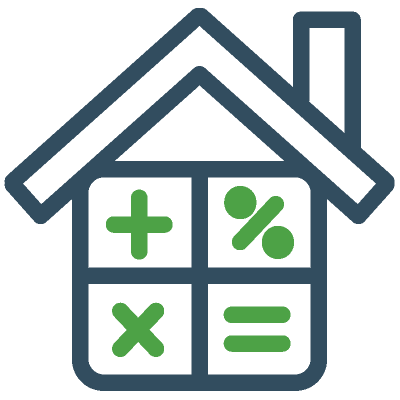
In Manitoba, you need a minimum of 5% of the purchase price if your home is under $500,000. You should also factor in closing costs, which can be anywhere from 2% to 2.5% of the purchase price.
As an example, for a $300,000 home, you’ll need $15,000 for the downpayment plus $7,500 in closing costs, for a total of $22,500.
Not sure how much mortgage you can afford? Try our mortgage calculator to get an estimate!
Step 3: Find a realtor
Too often, new homebuyers will start at this step—but don’t rush ahead. Do your homework to select the right real estate agent. You can start by learning more about the benefits of MLS® Systems at realtor.ca—and if you need a hand finding trusted professionals, your financial advisor can make recommendations.

It’s possible that an agent may ask you to sign an agreement to work with them exclusively, so don’t be afraid to interview several before you commit. Work with someone who knows your desired area to live, and ask them questions about their experience, service offerings and their approach to working with buyers. You want to be sure you’ll enjoy the home buying process with the agent—after all, buying a new home in Winnipeg should also be fun!
Step 4: Match your present and future lifestyle with your home
It pays to think about your future wants as well as your current needs. If you’re considering starting or growing a family, how many bedrooms will you need? Do you have elderly parents who may move in at some point? Does the home have enough bathrooms and outdoor space?
Also look at the surrounding area. Is it close to schools and transit? Are other facilities close by, such as hospitals, stores, restaurants, entertainment and recreational activities? Discuss these items with your real estate agent so they have the right criteria when helping you on the new home search.
Step 5: Make an offer
When it’s time to buy, your realtor will prepare your Offer to Purchase. This includes your offer price and any conditions, such as the offer being subject to you securing financing or the property passing a home inspection. The offer also includes details of inclusions/exclusions (appliances, curtains, etc.) as well as the proposed possession date.

You’ll also need to include a deposit in your offer to the seller, which is held by the seller’s real estate agent or lawyer until the sale is final.
Step 6: Get a home inspection
When you’ve found a home that ticks all the boxes, your next move is a home inspection. A home inspection will tell you if the property has any hidden issues that could cost you. It can prevent you from buying a lemon or be the basis for renegotiation on the purchase price. Inspectors typically review hundreds of items including electrical systems, HVAC, plumbing and the internal/external structure. They will also look at any outside space, the attic and the basement.
Don’t forget to add this step to your budget, as inspections typically cost between $400 and $700.
Step 7: Negotiate

Once the seller receives your offer, they may accept it, reject it or provide a counteroffer—at which point your realtor will negotiate until completion or cancellation. Offers could go back and forth a bit, so be prepared to review the full offer details with your agent and determine in advance how much you would be willing to budge on price and other aspects of the property.
After your offer is accepted, you’ll need to notify your real estate lawyer since they will be the one finalizing the purchase of the home transaction. Once again, if you do not have a real estate lawyer, your real estate agent or financial advisor can recommend one.
Step 8: Factor in closing costs and other expenses
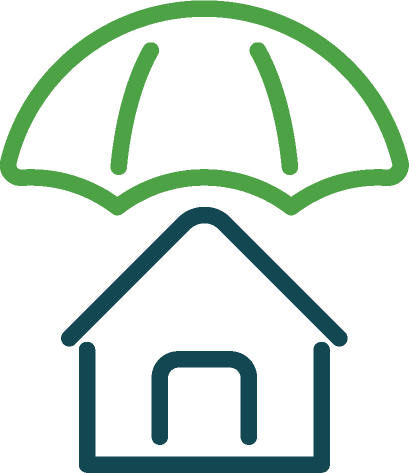
Aside from the minimum down payment of at least 5% of the selling price of the property, there are a number of other costs you should plan to pay.
In Canada, if the down payment is below 20% of the purchase price, you are required to pay a mortgage loan insurance premium either through CMHC or Genworth. The smaller the down payment, the larger the premium.
How much downpayment do I need to avoid paying an insurance premium?
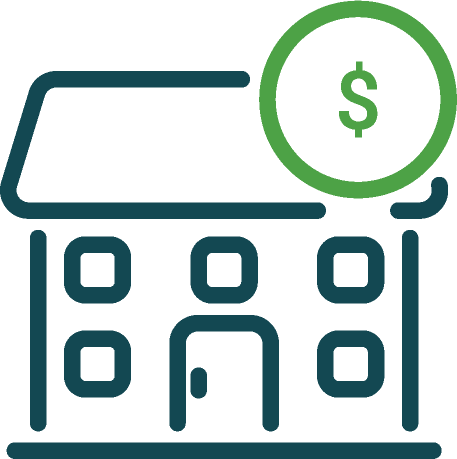
Paying a minimum 20% down payment means your monthly mortgage fees won’t include an insurance premium, and will be significantly lower.
For instance, if your home has a purchase price of $300,000, you would need to put down at least $60,000 to avoid paying insurance.
If your down payment will be less than 20%, be aware your monthly mortgage payments will be higher. Say you only put down $15,000 on that same $300,000 home. You will now be paying 4% insurance on the remaining amount of $285,000. $300,000 purchase price on a new home – $15,000 down payment x 4% CMHC/Genworth Premium = $11,400 added to your overall mortgage
Remember that in Manitoba you are also required to pay PST on the loan insurance premium.
Part of your savings should also be allocated for closing costs, such as land transfer tax, a survey certificate, a zoning memorandum, title insurance and legal fees. The industry’s rule of thumb is that 2% to 2.5% of the purchase price should be set aside to cover these costs.
Step 9: Budget for the first year and beyond
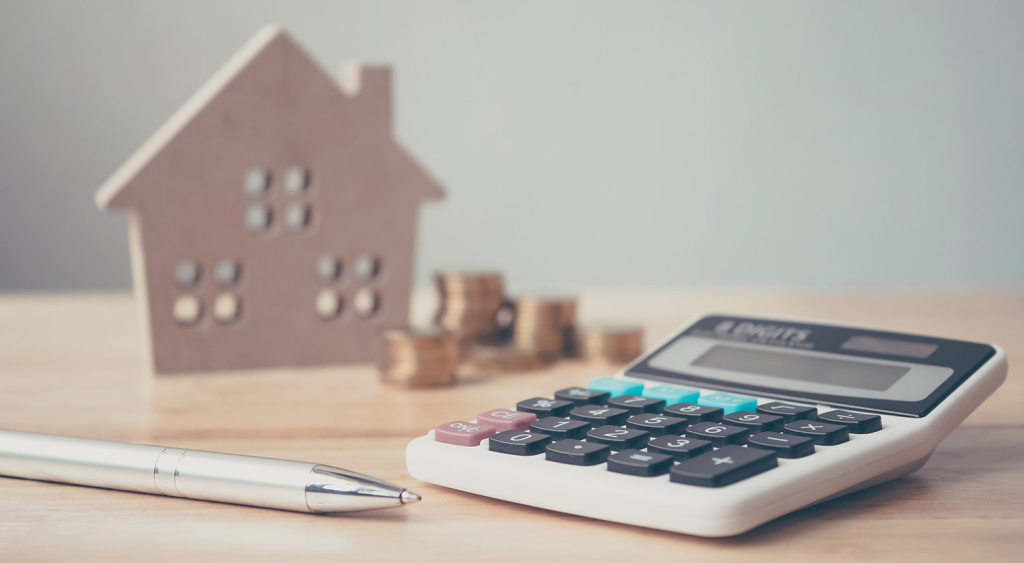
Once the sale is complete, take into account the ongoing costs such as property taxes, home insurance, utilities and other home services. As a good rule of thumb, factor these expenses into your first-year budget now to get a better sense of the money you need to save even before you put in your offer.
Step 10: Celebrate!
Don’t forget to celebrate your new purchase. Buying your first home in Winnipeg is a great milestone achievement, and you’ve worked hard to find a place to call your own. It will most likely be one of the largest and most important purchases of your life!
Yes, there are multiple steps and costs that go into buying a house, but when you take that first step in the front door, you’ll know it was all worth it.
Navigating the finances of first-time home buying can be tricky. Your ACU mortgage advisor in Winnipeg and Manitoba can help you to work out how much you can afford to borrow and ensure your home buying adventure is smooth sailing. Call or email us today to set up an appointment.
Up Next
Celebrating the 10th anniversary of student-run credit union
Just over 10 years ago, a survey circulated at Winnipeg’s Technical Vocational High School. The results showed that students at the school, commonly known as Tec Voc, felt short-changed—they were…
Kilter Brewing Co. serves up craft beer and community connection in St. Boniface
Deep in the heart of St. Boniface, Kilter Brewing Company is a hidden treasure—an oasis for Winnipeggers to escape their day-to-day routines, enjoy craft beer and connect with their community….
How to use a mortgage calculator to budget better
Learn how to use ACU’s mortgage calculator to figure out how much mortgage you can afford, and what budget you should set before you start house hunting. A mortgage lender…









